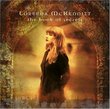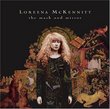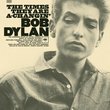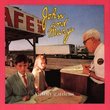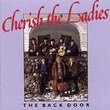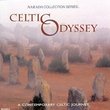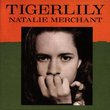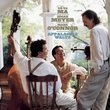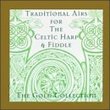| All Artists: Lucerne Festival Strings Title: Adagio & Concerti Members Wishing: 0 Total Copies: 0 Label: Deutsche Grammophon Release Date: 6/12/2001 Album Type: Original recording remastered Genre: Classical Styles: Forms & Genres, Concertos, Historical Periods, Baroque (c.1600-1750), Instruments, Brass, Reeds & Winds, Symphonies Number of Discs: 1 SwapaCD Credits: 1 UPC: 028946960721 |
Search - Lucerne Festival Strings :: Adagio & Concerti
 | Lucerne Festival Strings Adagio & Concerti Genre: Classical
Listen to this straight through and you get a quick course in the evolution of Baroque playing styles since 1968. The opening number, Albinoni's ubiquitous Adagio, never fails to make an impression, though the Lucerne Fest... more » |
Larger Image |
CD DetailsSynopsis
Amazon.com Listen to this straight through and you get a quick course in the evolution of Baroque playing styles since 1968. The opening number, Albinoni's ubiquitous Adagio, never fails to make an impression, though the Lucerne Festival Strings version here does sound heavy to ears accustomed to the lighter, sprightlier sound of period instruments, such as we hear in the final selection, the Oboe Concerto, Op. 9 No. 2, recorded in 1985 by David Reichenberg and the English Concert. In between come seven other concertos for oboe, two oboes, or flute, each of them played on modern instruments in rhythmically supple interpretations with middle-of-the-road tempos and sonorities that should please both traditionalists and period fans of Baroque music, of which Albinoni's is a source of endless pleasures. --Dan Davis Similarly Requested CDs
|
CD ReviewsDecent Mix of "old style" vs. "new style" albinoni John K. Gayley | Physically in Wilmette, IL; Mentally in Siena, Ita | 04/11/2003 (4 out of 5 stars) "Well, you can't beat the price of this. If you like Albinoni, and you like oboe, you'll like this. I will say, however, it takes 1/3 of the disc to really hit its stride. The first few numbers definitely reflect an older, clunkier (circa 1960s) style of playing baroque music; this clunkiness tends to underscore Albinoni's concervatism relative to someone like Vivaldi (try Vivaldi by Europa Galante if you want to hear "state of the art" Italian baroque playing).Farther into this disc, however, the selections get more snappier and lively, and it becomes very pleasant indeed.One final cavil: I wish the music marketing world would STOP putting that darn adagio in g on every Albinoni disc! Who needs 7 copies of it? Its like that unwanted relative that shows up at every family function. Basta! I would rather have had another oboe concerto instead."
|

 Track Listings (25) - Disc #1
Track Listings (25) - Disc #1